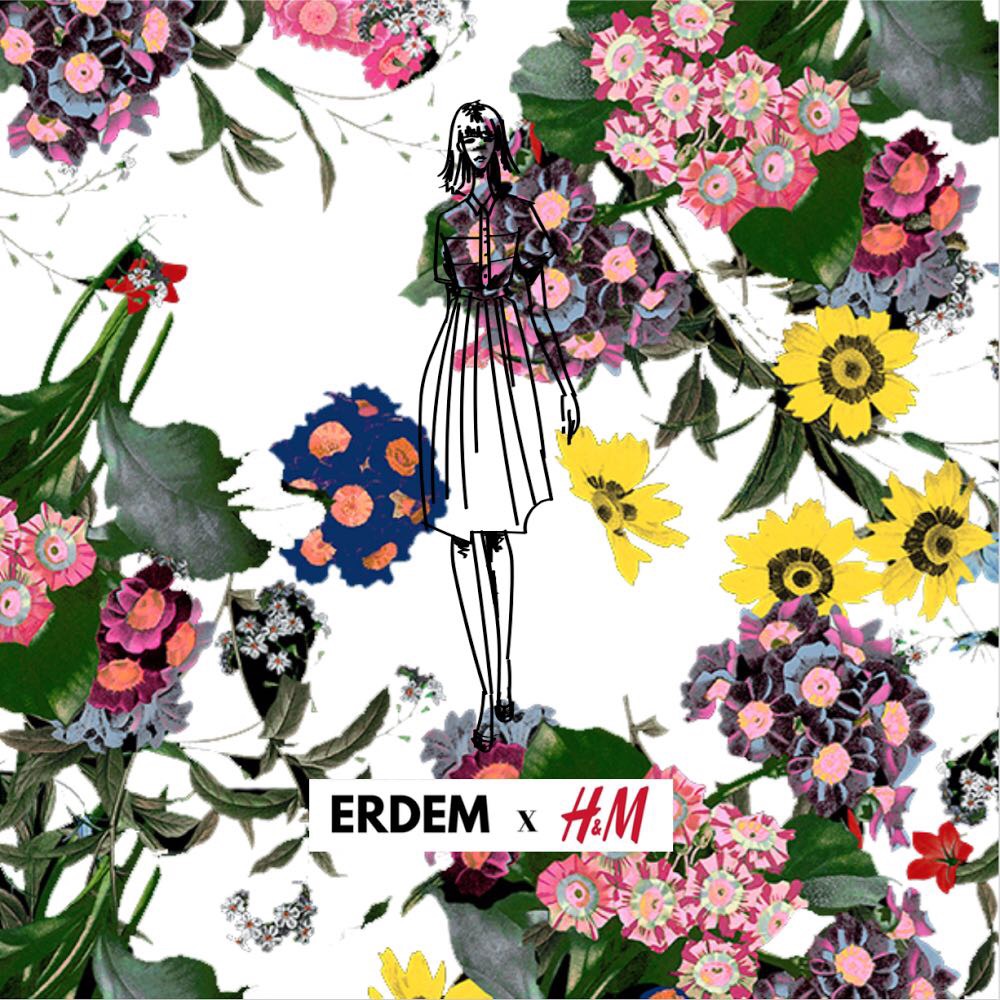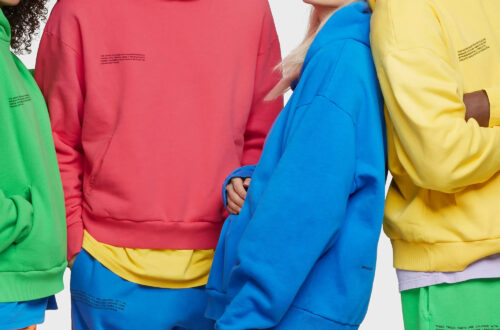In July of 2017, the iconic store Colette, hailed as the ‘temple of Parisian cool’ and claimed by Karl Lagerfeld as the only place he frequents, shocked the fashion world by announcing its permanent closure at the end of the year. On the store’s Instagram account, the company wrote, “Colette Roussaux has reached the time when she would like to take her time; and Colette cannot exist without Colette.”
Roussaux and her daughter Sarah Andelman’s decision is not a sentiment regularly echoed by the fashion industry. Granted, few fashion companies operate as Colette does, with only one store (above which Colette herself lives), an e-shop, and a system that relies on intuiting the newest, coolest, or quirkiest brands and designers to stock and collaborate with. Despite this, the artistic vision projected by the duo can be pertinent to any creative persons: would they rather shut down their brand names and companies at the height of their successes, or risk handing over their legacies to successors? In this scenario, Colette is the exception rather than the rule. However, it is undeniable that amidst the corporate sphere in which most of the fashion sector now functions, such a notion of closure would be radical and near impossible to imagine. Major designers, among whom many have namesake companies, have therefore either willingly, unwillingly, or unknowingly left their roles for successors to fill.
Fashion houses until the mid-twentieth century operated under a system that vastly differs from the current one. Ready-to-wear was not synonymous with designers, the latter who only catered to clients wealthy enough to purchase haute couture. In Paris, these designers were to be approved by the Chambre Syndicale de la Haute Couture as members, in order to be considered couture houses. The story goes that in 1959, Pierre Cardin (before the days of his excessive franchising) was expelled from the Chambre Syndicale because he had produced a ready-to-wear collection for the Printemps department store.* In the present era, it is no longer viable for fashion houses of any tier to reject massive market segments and rely on the few who can afford made-to-order, especially since a large portion of the houses’ revenues are generated through the sales of cosmetics, fragrances, handbags, and accessories. Many of these consumers only purchase goods from these categories, since luxury designer goods beyond them may exceed their budgets.
For many fashion houses, beyond the transition to ready-to-wear, a bigger shift lies in the aesthetic and cultural visions of the original designers. The ultimate success story belongs to Chanel, whose legacy has been upheld by Karl Lagerfeld since 1983. So much has been preserved: the haute couture, the tweed, the quilted handbags, the colour scheme, the shoes with the black toe caps, and the pearls, to say the least. Lagerfeld has shown repeatedly that preserving classics and repudiating creativity are not mutually exclusive, and can be credited with some of the most extravagant and memorable fashion shows in recent history, as well as remarkable takes on bags, such as the Hula Hoop bag, the porcelain minaudière, and the plexiglass shopping bag.

On the other end of the spectrum is Balenciaga’s legacy. Cristóbal Balenciaga was a contemporary of Christian Dior, the latter who described Balenciaga as, “the master of us all”. In the period of World War II until 1968, Balenciaga was the most expensive couturier in Paris. His art lay in tailoring: ‘Nothing fitted the body with the supple ease of a Balenciaga suit, and once women had worn his clothes they were often unwilling to wear anything else’, wrote Susan Irvine in Vogue on Cristóbal Balenciaga.

Courtesy of the author
Perhaps the most significant successor at Balenciaga was Nicolas Ghesquière, whose debut line in 1998 was self-described as, “[having] approached Balenciaga in the most religious way possible: very black, very monastic, a sharp line.” Despite this, under the 15-year helm of Ghesquière, Balenciaga’s heritage took a 180-degree turn; out were the legendary evening gowns, and in came the “Lego” shoes, the motorcycle-inspired ‘Lariat’ bags, and the jodhpurs. Furthermore, with the arrival of Demna Gvasalia in 2015, a collaboration with Crocs was realised which can safely be described as the antithesis of Cristóbal Balenciaga’s sense of fashion.

Here lies a noteworthy conflict: Is it respectful to the legacy of a designer when the successor(s) completely change the artistic direction of the brand? Moreover, is it worth doing so?
In order to provide an answer, it is necessary to step into subjective territory. In theory, it cannot be less respectful for a successor to follow in the footsteps of the original designer. In some cases, this is equivalent to approximately zero changes, which is the system of trunk and leather goods maker Goyard. After Jean-Michel Signoles, an enthusiastic Goyard collector, purchased the company from the family in 1998, any innovative strategies he may have had remain out of public knowledge and do not reflect on the brand’s reserved image. Goyard’s designs have stayed more or less unchanged for a long period of time, and the only evidence of any modifications over many years is in the colour selections.
More frequently, successors follow the inspirational path of Lagerfeld’s work at Chanel. Gucci’s recent revival under Alessandro Michele reflects a similar scenario, where Michele was able to find the ideal balance between Gucci historically (the classic snaffle bit loafer and the bamboo handles on handbags), modern trends and demands (in 2017, the mule shoe and logos), and his personal expertise and artistic vision (respectively accessories, and an eclectic and colourful mix of vintage, romance, history, and punk).

Courtesy of Gucci
In the case of Balenciaga, one where the gap between past and present is too disparate, it is difficult to answer the questions formerly posed. From one point of view, it is almost impossible to imagine Balenciaga himself approving of the Crocs collaboration. This modern example of Balenciaga does not represent what Cristóbal Balenciaga stood for in his time, neither culturally nor aesthetically. The designer was known to shun publicity, giving only 1 interview over his lifetime, and even when presenting his collections to the press, he forbade photographs and sketching. What the Crocs and Balenciaga under Gvasalia represent culturally are shock value and hype. As for the aesthetic differences, a quick comparison on Google images will do more good than words can convey.
To many shoppers, however, history is not a factor that contributes to their present view of a brand. An alternative point of view suggests that as long as the brand remains relevant and in demand, the goal is accomplished. In an interview with Highsnobiety about Gvasalia and Balenciaga, fashion journalist Jessica Bumpus says, “I’m not sure that it entirely matters whether it is or isn’t “appropriate” to the original work of Cristobal – the essence of Balenciaga has always been about forward-thinking, and that’s exactly what [Gvasalia] has done, reconfigured the fashion system. And ultimately fashion is about tapping into zeitgeist and creating something new that people want. He does this.”
In consideration of all of this, the question of legacy is inevitably a subjective matter. While some may assert that legacy should be a priority for designers, this may solely be a viewpoint originating from artistic and cultural discussion. Economically, the more germane question lies not in regard to maintaining a designer’s legacy, but in whether or not the changes, or lack thereof, sell to consumers, and not just to those in the fashion industry.
It is a game of tug-of-war between fashion as art and fashion as business, and business is taking the lead.
*In that era, Printemps and its counterpart Galeries Lafayette did not accommodate fashion houses as they do today. They sold non-designer clothes.
by Yongjia Cheng





